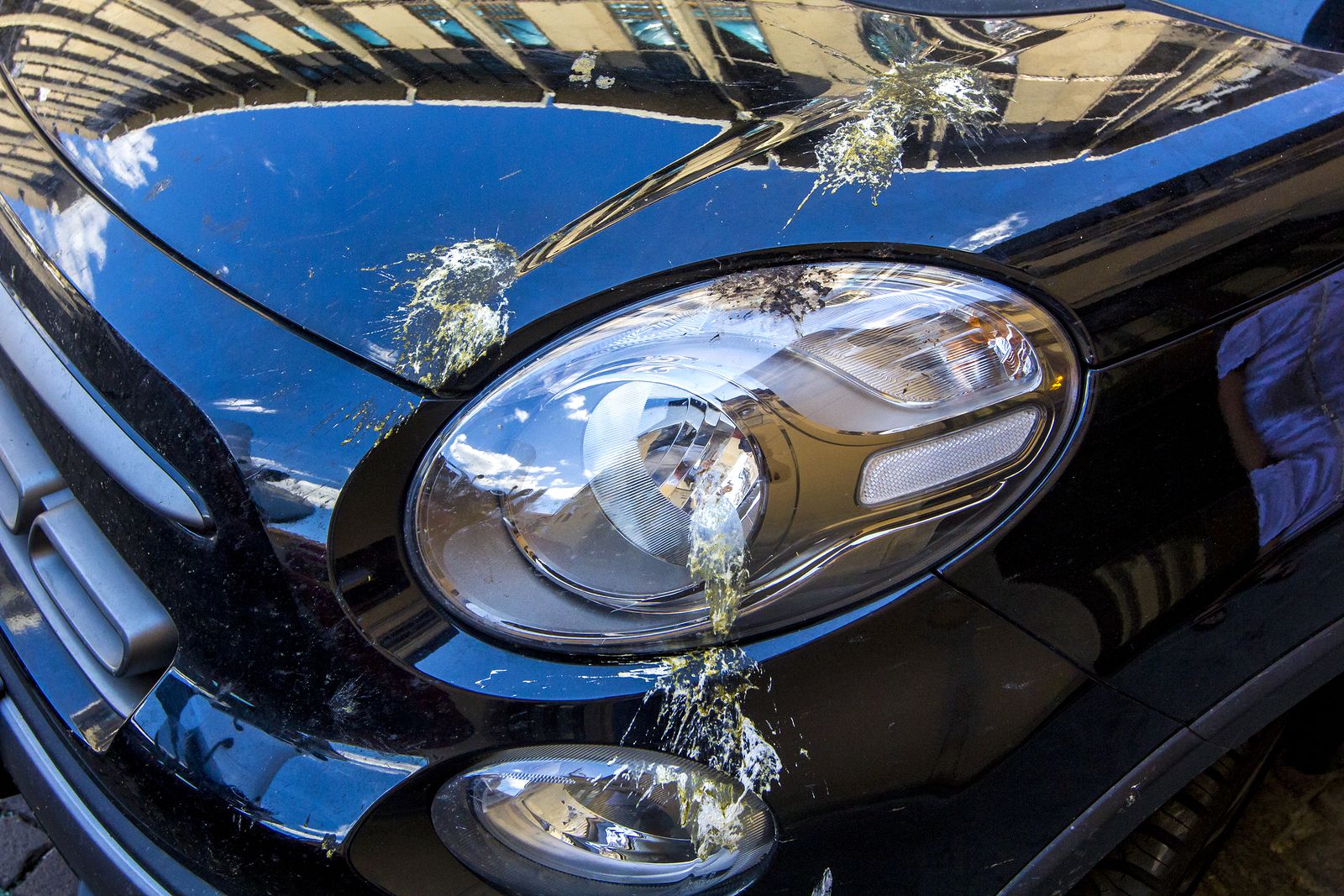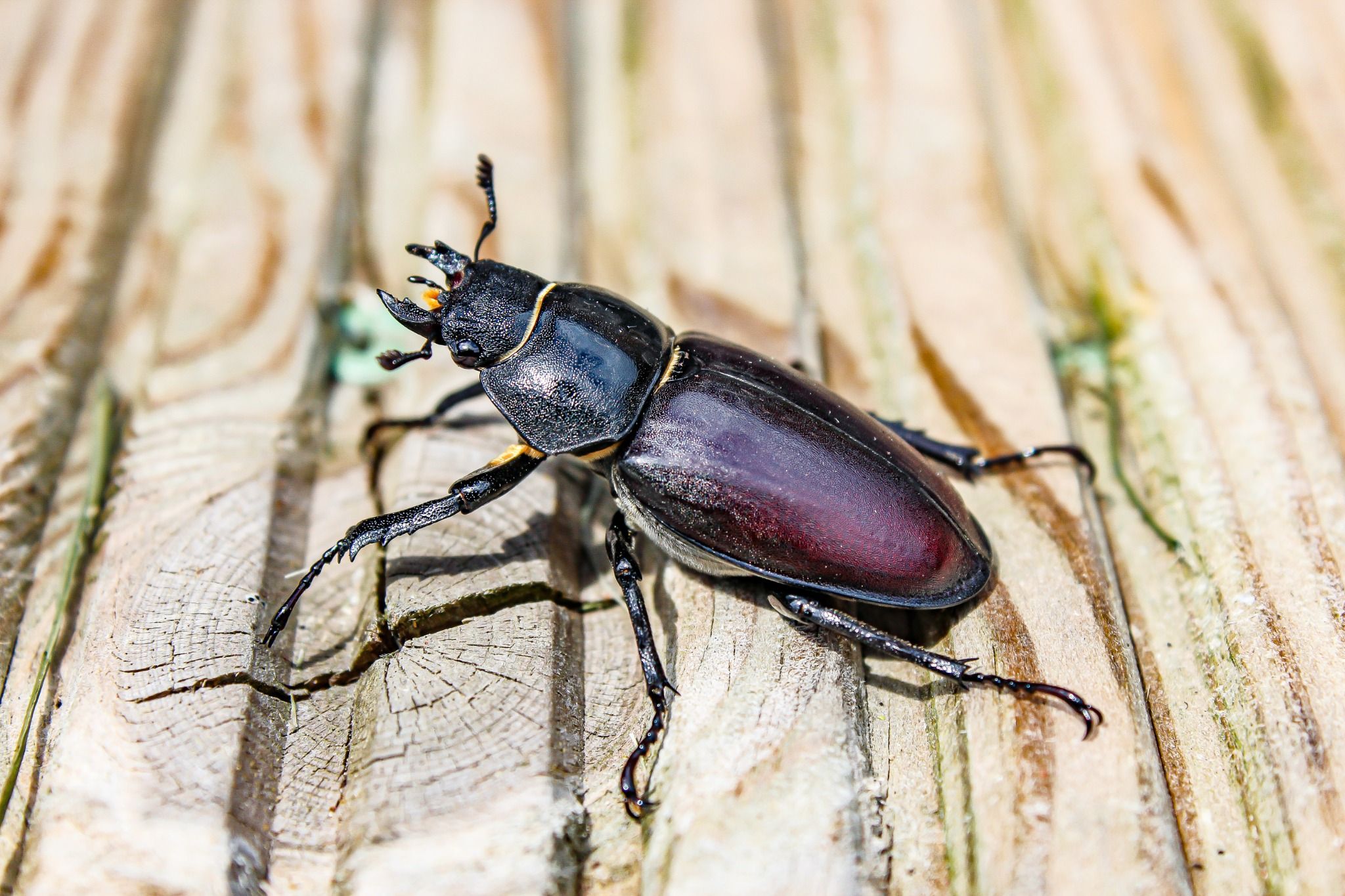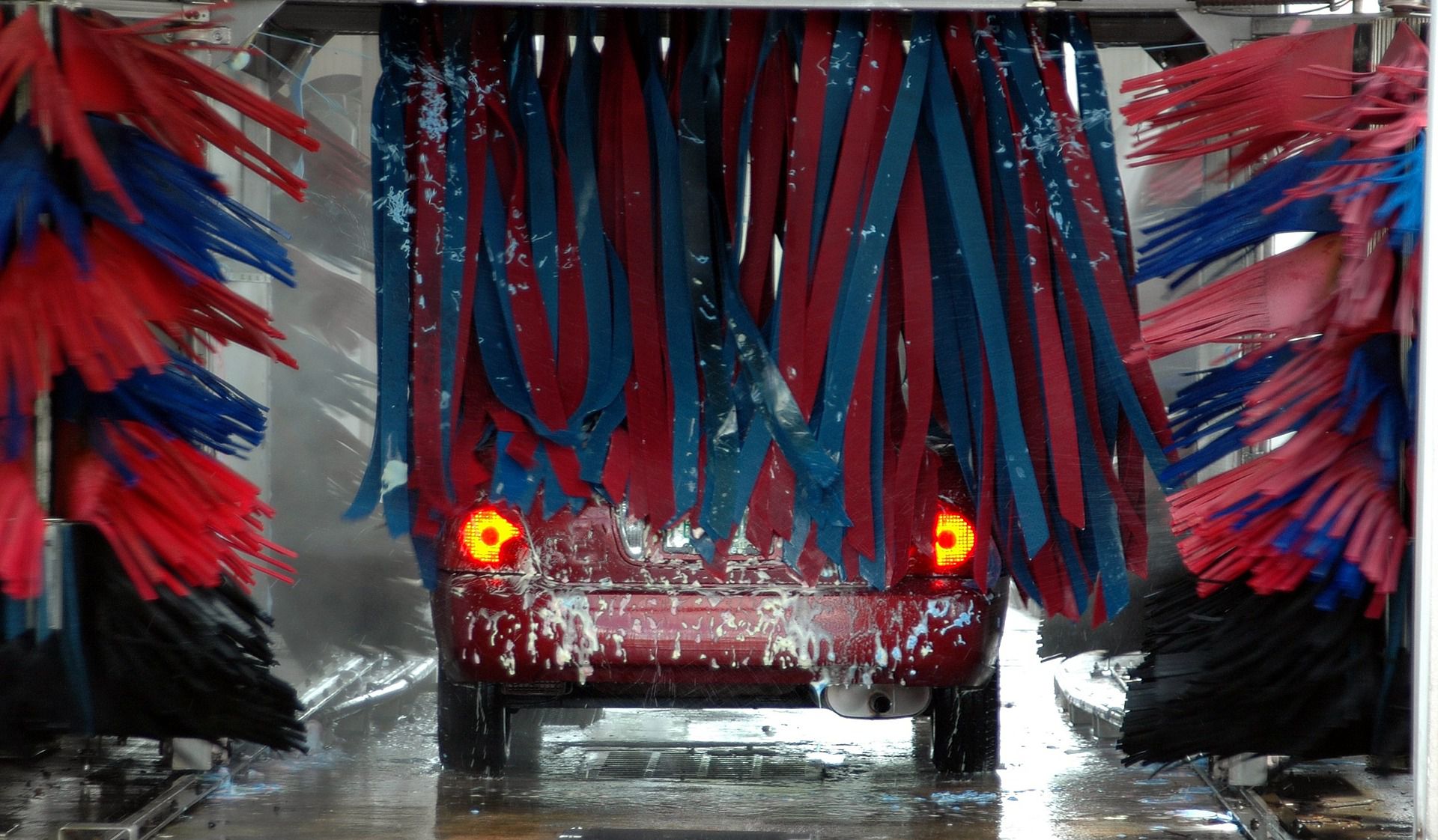Whether you do it by hand, take it to an automated car wash or pay someone else to scrub and buff your pride and joy, are you washing your car enough? There are so many things that can damage your car paint that, if you want to maintain your car’s value, this is a pretty essential task and not just a way to kill a couple of hours with the kids on a Saturday morning.
What was once a national pastime seems to have faded away as we busily drive around in our seemingly invincible cars with little time or inclination to wash them. And why not? With manufacturers adding all kinds of protective measures to automotive paint effects that promise to retain a smooth all-over shine.
But this could be a big mistake. Not even the best primed paintwork can survive the effects of unavoidable everyday environmental hazards. From bugs and birds to dust and salt, let’s take a look how we can lessen the effect of the things that damage your car paint.
Tree Sap
Parking under a leafy tree for shade on a sunny day might seem like a good idea to keep your car cool, until you return to a car covered in tree sap. A mixture of water, sugar and minerals, tree sap can react with your car’s paint to leave a rough patch. In warm weather, it can bake onto the car, leaving a stain once it is removed.
Ideally, you should wipe or rinse tree sap from your car as soon as you find it. Once it’s baked on, removal is more difficult and you might need the help of something like a clay bar or rubbing alcohol, followed by a good old wax to restore your car’s paint finish. Think about parking away from trees and using a windscreen sun shade instead.
Bird Droppings
Where there’s trees, there’ll be birds and where there’s birds, there’s… poop! The berries and seeds in bird droppings can stain and scratch your car, while the caustic ammonia and uric acid in the excrement can corrode paint.
Bird droppings on bonnet and headlights of car
You should act quickly if you spot droppings on your car, removing them with a soft, wet microfibre cloth. Be careful to lift, rather than scrape in order to avoid scratching the paint.

Insects
It’s always the same story… you wash your car, go for a quick drive to dry it off a little, and by the time you return, the bonnet of your car is splattered with tiny bug bodies. They aren’t the nicest things to remove but if left be, the acid in insect blood can eat away at car paint.
There’s nothing you can do to stop them but swift removal can minimise any damage. Clean them away as soon as you can with a lathered up, soft sponge and a bit of elbow grease.
Rock Salt
As much as it helps to get us safely along the slippery roads in winter, rock salt is also an enemy to your car’s paintwork. Its corrosive properties not only damage your car’s paint but will also rust its undercarriage if not removed swiftly.
Regularly applying wax or sealant will minimise the negative effects of rock salt, providing an additional layer of protection against your car and the salt. When you’re removing rock salt, be careful not to rub as this will scratch the paint. A thorough wash, prior to buffing will ensure the salt is mostly removed.

Silly Pranks
Daft tricks that damage your car are no laughing matter. Spraying a car with eggs, silly string and shaving foam might seem like hilarious pranks, until you try to remove them.
Eggs are acidic and, if left long enough will damage the paint, leaving an unwanted stain. Coloured silly string also has the potential to stain so once again, time is of the essence.
Egg shells are also things that damage your car paint, scratching the paintwork as you rub to remove them, so handpick out any pieces of shell before completely soaking the affected area with a detergent mixture for a few minutes and hosing it away. Minimise the risk of prank attacks on your car by making sure that your car is placed somewhere secure and in good view during Halloween, for example.
Ice
When snow turns into ice, it can be harmful to your car, especially if not removed properly. And we all know that it’s hazardous to drive with ice or snow on your car.
Don’t be tempted to use a coarse brush to remove ice or chisel it away with kitchen utensils that will scratch paintwork. Far better to ease your way into the car and run the engine until the ice begins to defrost. It’ll soon melt away or easily shift with the help of a properly designed ice scraper. In cold weather, garage your car or park it in a sheltered area to prevent frost or snow build-up.
Tar
Recently laid roads, or those that have melted in hot weather, might flick up pieces of tar that will stick to your car’s paintwork. If not removed correctly, the tar will take away the paint with it.
Special tar removal treatment is available which will loosen the tar and minimise the damage. If you’re driving over tar that you think might cause a problem, do so slowly to minimise pieces flicking up onto your car.
Sunlight
We all like a bit of sunshine but we also know that UV rays aren’t great for our skin. They have the same aging effect on car bodywork, causing it to fade. Even the most well protected paint finish will suffer from exposure if it spends many hours a day exposed to direct sunlight.
Car paint professionals suggest covering your vehicle if it’s too be left exposed for long periods or keeping it garaged, or parked in the shade but not underneath a tree!
Stones / Road Debris
Stones are another one of those unavoidable things that damage your car paint when they kick up from the road, causing chipped paint. A deep ship can expose the bodywork, causing rust spots if left unattended.
Some cars have the option of chip resistant paint which can be effective, but if you do find a stone chip on your car, take it to a body repair shop for treatment before the elements do their worst and rust sets in.
Fuel Spills
When you fill up with fuel, drops of petrol or diesel might spill out onto your car’s paintwork. If left behind, it’ll compromise the clear topcoat and leave a stain. Make good use of the filling station’s paper towels to wipe away any drips away.
A proper waxing should add an additional protective layer to your car’s paintwork, making it easier to wipe away fuel spills and unlikely that permanent damage will be caused.
Dirty Washing Accessories
Having taken care of your car on the road, it would be a shame to find things that damage your car paint in the garage. When you’re washing your car, make sure that cloths and sponges are clean, and that you remove grit, dust or pollen before you start rubbing the paintwork, otherwise you’ll be accidentally sanding away that lovely paintwork you’ve worked so hard to maintain.
If you need a little help keeping your car’s paintwork in tip top condition, get in touch about one of our Gardx car care products. These packs will make it easier to maintain your car’s shine and keep a smile on your face!

